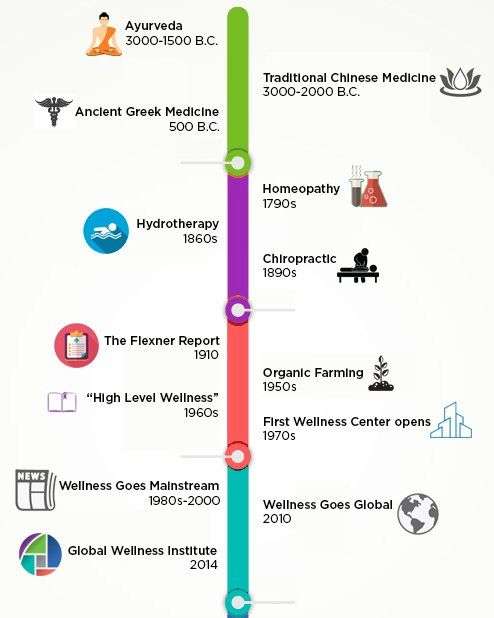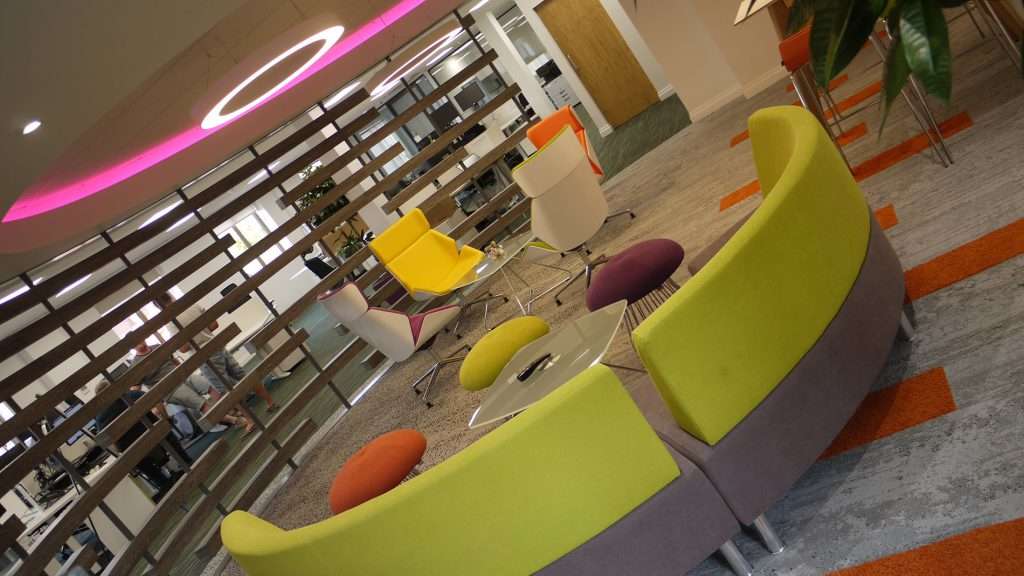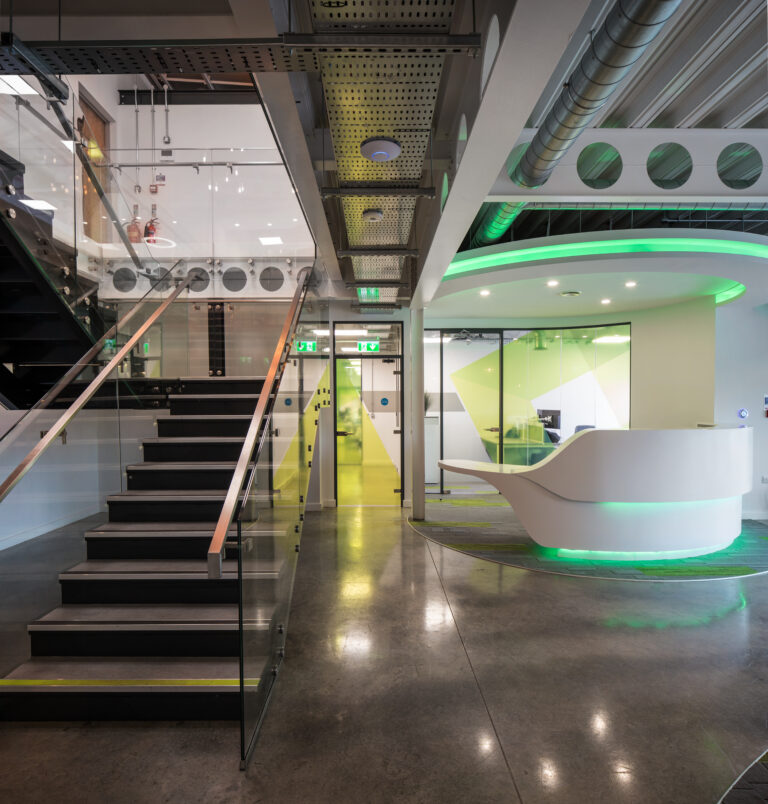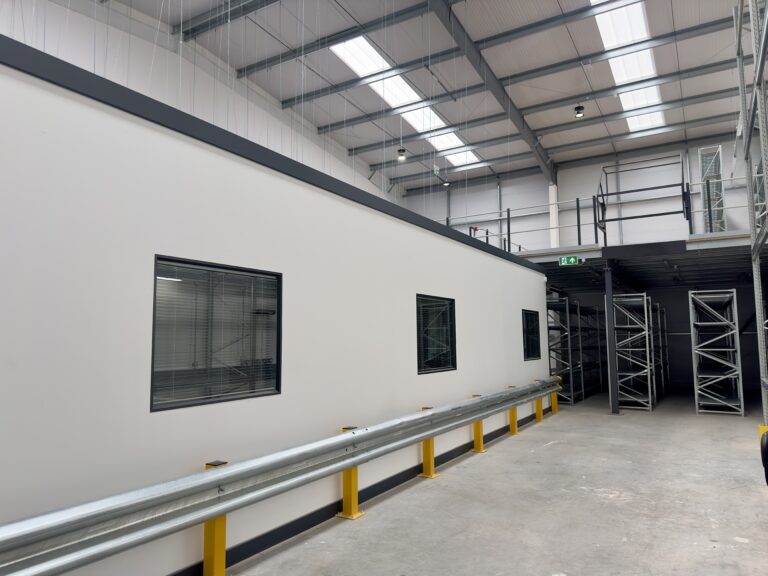Wellbeing in the Office; a growing focus
It is often said that staff are a companies most valuable asset and also one of the main cost drivers in any business. It is well documented that productivity in the UK per worker is behind many of our European counterparts. Recent research is citing poor office design as a major factor affecting wellbeing and productivity in the workplace; a vast amount of office space is outdated, often with poor air quality, poor natural or artificial lighting and promote a sedentary attitude to work. It stands to reason therefore that pioneering employers are focusing on staff health & wellness in order to boost productivity, reduce absenteeism and ultimately protect their most valuable asset; their staff.
The concept of wellness itself isn’t a modern concept, being heavily routed in ancient civilisations and religions. Dating back to the practice of ‘Ayurveda’ which was a Hindu system ‘tailored to each person’s unique constitution (their nutritional, exercise, social interaction and hygiene needs) – with the goal of maintaining a balance that prevents illness’ – The Global Wellness Institute.
This useful infographic from the Global Wellness Institute illustrates the ‘Evolution of wellness’.
In terms of contemporary workplaces, Pricewaterhouse Coopers LLP define the 3 main components of wellness as:
- Health & Safety
- Managing ill health
- Prevention and Promotion
With an increased awareness of the link between healthy buildings and improved wellbeing; global giants such as Amazon and Google have been investing heavily in both building stock and wellness programs. Enhancing their brand and maintaining a reputation for corporate and social responsibility is crucial for these companies as they seek to attract and retain the best talent.
With mainstream companies now following suit just how do we focus on employee wellbeing? We take a look at a some of the key points below.
Corporate Wellness Programs
Employees are becoming increasingly influenced by the complete package touted by a prospective employer and not just what the basic wage offer is. The culture and ethos of a company can play a crucial role in successful recruitment. Coupled with increased media coverage of health issues such as obesity, there is increased pressure for companies to consider their role in staff wellness. One of the ways in which companies are investing in their staff’s wellness is through dedicated ‘corporate wellness programs’. These programs specifically focus on physical and mental health which are either outsourced to specialised companies or larger companies in-house via a health and wellbeing champion.
A report by Pricewaterhouse Coopers LLP (2008) commissioned by the ‘Health Work Wellbeing Executive’ looked at a range of case studies of companies that had implemented wellness programs to assess their effectiveness. The report concluded that there had been a range of financial and business benefits:
- Reduced sickness absence
- Reduce staff turnover
- Reduced accidents & Injuries
- Increased employee satisfaction
- Reduce resource allocation
- Improved company profile
- Improvement in productivity
- Improved health and welfare
- Reduced claims
- Increase in competitiveness and profitability
There is obviously a strong case for wellness programs with quantifiable benefits for employees and thus commercial benefits for employers. The success of wellness programs largely depends on careful planning for the individual companies’ requirements; there isn’t a one size fits all scheme. Companies are encouraged to engage with staff to analyse the extent of the program and what specific schemes would benefit their staff and have the biggest impacts. It’s also a good opportunity to gauge levels of participation.
Corporate wellness programs vary a great deal but in essence can include a whole host of key services such as:
- Medical screenings and advice
- Weight management programs including nutritional advice & health education
- A focus on being active in the workplace either by providing onsite fitness facilities or employing the services of ever increasing
- Illness prevention strategies such as stress management, mental health services and education
Investing in Workplace Design
In addition to the package on offer employees are becoming heavily influenced by the office environment they will potentially be working in. Employees are increasingly choosing employment based around the Workplace on offer. This is a wise decision by employees as Workplace design, be it bad or good, has a huge influence on career progression. Recent research echoes this suggesting that inadequate Workplace design is linked to reduced productivity and increased risk of poor health in the Office. As ‘ Work in Mind’ elaborate, a recent survey by YouGov of British workers concluded the following:
- Poor lighting was cited as having a negative effect on mood & productivity; More access to natural light being highlighted as a priority
- A more engaging lively workplace with more colour, artwork & graphics
- Sit/ stand desk facility
- Improved Showering & Washing facilities
- Offices that provide a better variety of spaces that specifically support a range of tasks such as phone calls, private work that requires concentration, meeting areas & collaboration spaces.
The above feedback from office workers coincides with the key workplace trends currently under focus and development:
Healthier environments; Improved air quality with reduced C02 levels, access to natural daylight and ventilation, reduction of toxins, increased individual customisation of environment comfort including temperature and lighting.
Biophilia; Incorporating elements of the outdoors into the interior design through a variety of sources such as plants, living walls, natural materials, patterns that mimic nature, incorporating nature images, and so forth. Increasing our connection with nature improves wellbeing, reducing stress and improving productivity.
Flexible, agile & remote working practices; Review of and implementation of flexible and in some cases reduced working hours to increase productivity and harness wellness, agile environments that support the way staff want to work providing variety and encouraging movement, flexibility of where and when staff work supported by technological advancements.
Technology; Increased freedom and support of flexible, agile and remote working, health monitoring of buildings and collection of real time data, customisation and individual control of working environment.







